May 20, 2025 by Mark Dingley
This week is Australian Made Week, but buying local is back in the spotlight for other reasons too. With renewed economic pressures and global trade tensions, sparked most recently by new US tariffs on Australian steel and aluminium, Australia is turning inward.
The Federal Government has recommitted to promoting Australian-made and grown products. Treasurer Jim Chalmers announced in March 2025 that the upcoming Budget would include measures to encourage shoppers to “buy wonderful Australian products”.
But this shift isn't just political. It’s also powered by consumers who want to buy products from Australian manufacturers, and labelling is pivotal in making it possible.
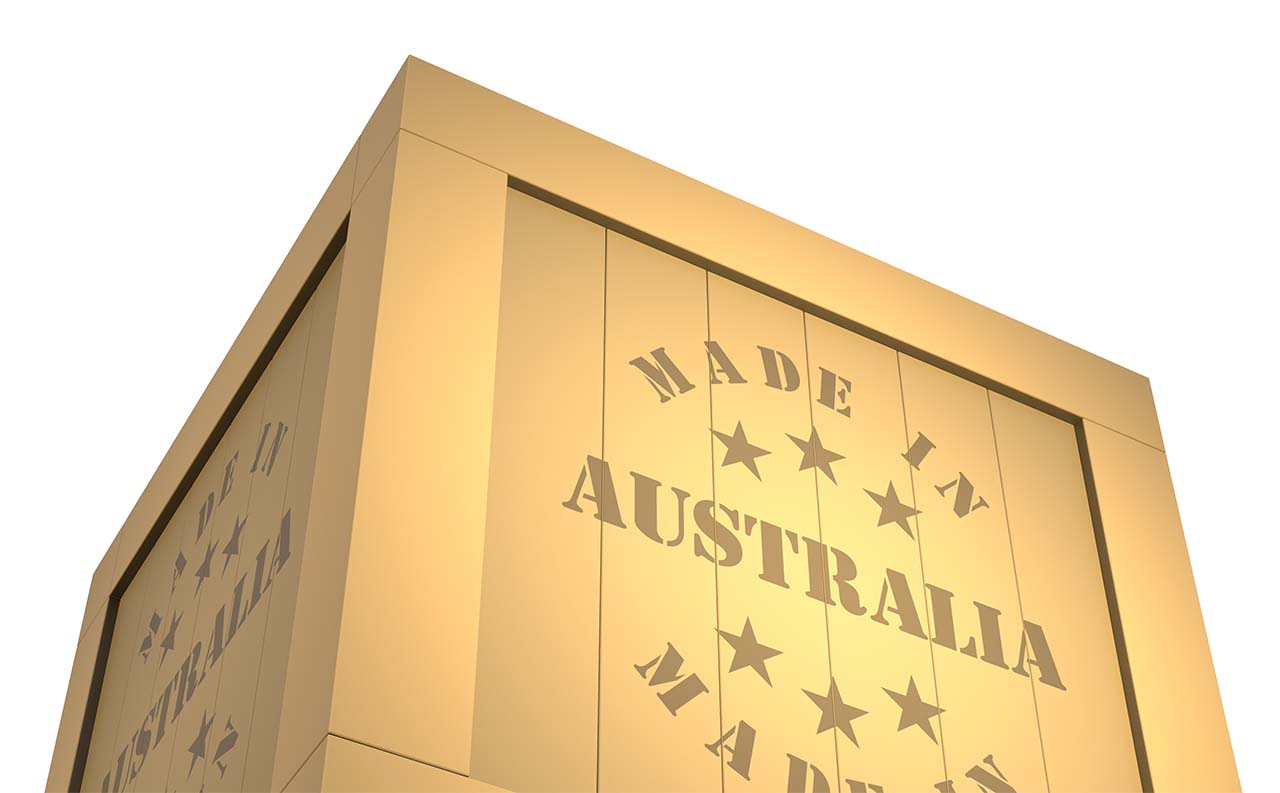
The iconic green-and-gold kangaroo of the Australian Made logo is a familiar sight in supermarket aisles across the country. But while the label looks straightforward, what qualifies as “Australian Made” is more nuanced.
According to the Australian Made Campaign (AMCL), more than 4,500 businesses are licensed to use the logo, supporting approximately 40,000 jobs and generating an estimated $8 billion annually.
To carry the logo, a product must undergo its last substantial transformation in Australia. That means it might still contain imported components or even be produced by a foreign-owned company.
There are several variations of the logo to indicate different levels of Australian content:
And that’s where the confusion starts.
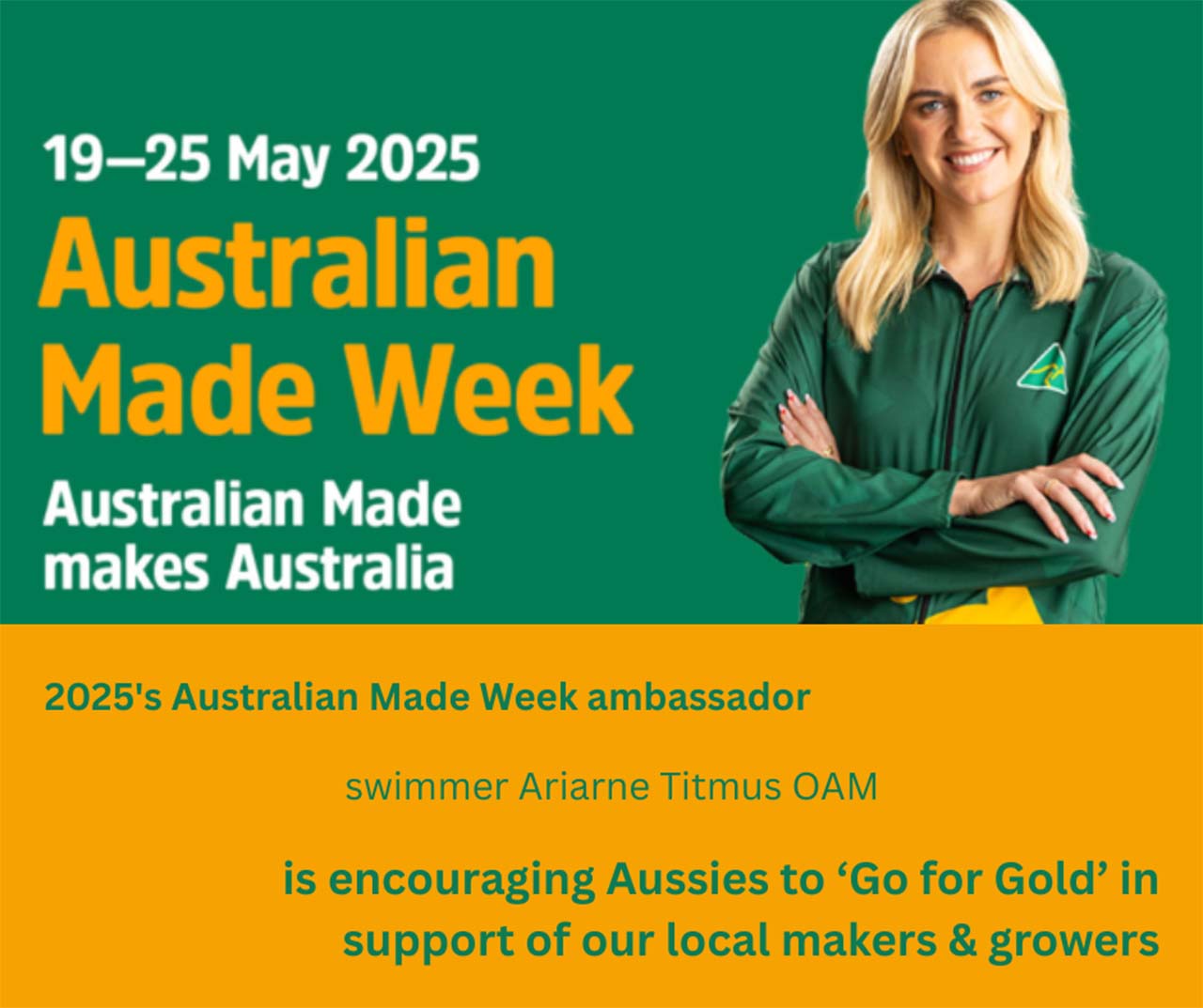
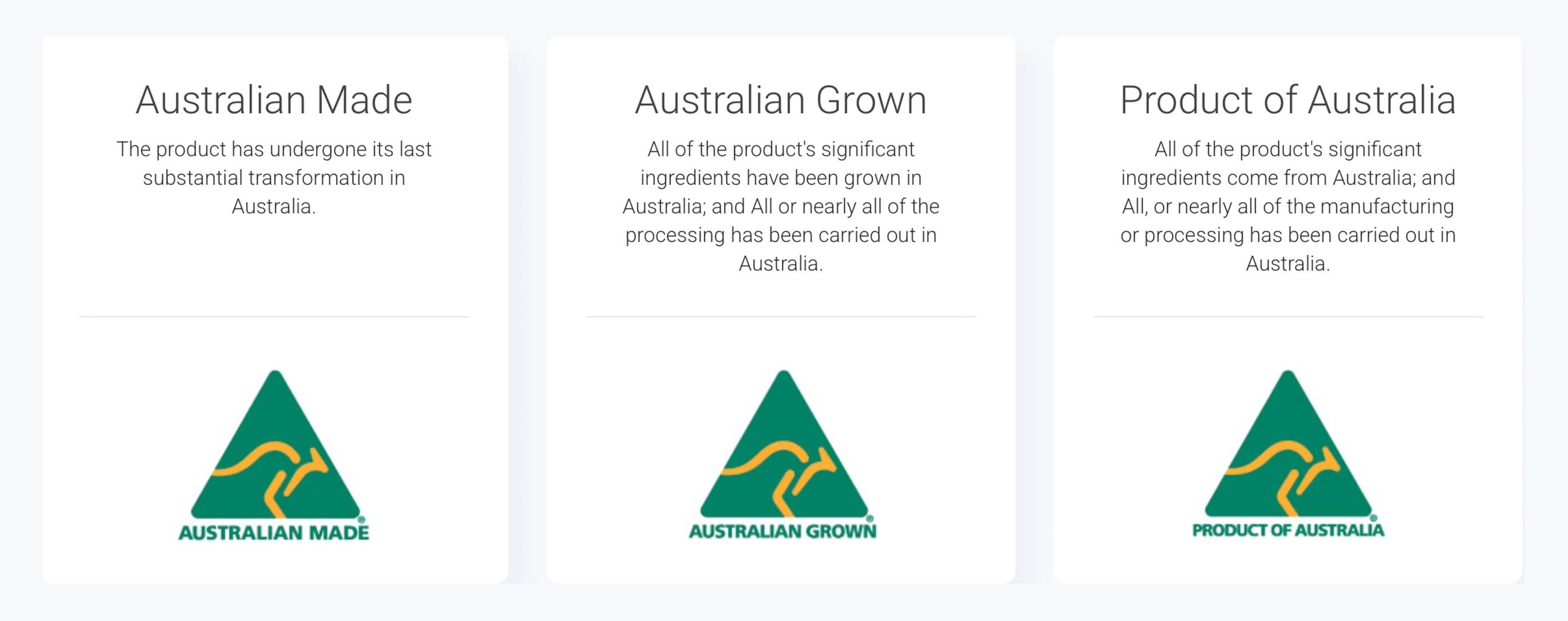
Image source: https://australianmade.com.au
Australians are proud of local products and keen to support them. The most recent AMCL survey shows that over 90% of consumers want to see more Australian-made goods, and 75% are willing to pay more for them. Research by Norco in 2024 showed that 30% of consumers have increased their support for Australian brands in recent years – even if they cost more.
The sentiment extends beyond consumers. According to research by Roy Morgan, over four in five Australian businesses now prioritise local sourcing where possible, citing better value and quality.
But despite this enthusiasm, consumers are confused.
Norco’s research found that three-quarters of consumers believe product labels should clearly show company ownership. Currently, many assume that a product displaying the Australian Made logo is also made by an Australian-owned company.
But this isn’t always the case. And only one in 10 consumers goes out of their way to research the ownership of the brands they buy.
This frustrates consumers and creates a missed opportunity for genuinely Australian-owned manufacturers who want to showcase their authenticity and provenance.
Labelling is already a legal requirement under Australian consumer law for most food products. Labels must indicate where the food was grown, produced made or packed – but not who owns the business behind it. Adding this information is voluntary.
However, a growing coalition of Australian-owned food companies – including Norco, Sanitarium, SPC, Mayver’s Foods and Sunshine Sugar – is calling for more explicit ownership labelling to help consumers make informed decisions.
And it’s not just about food. The Australian timber industry is also advocating for mandatory country-of-origin (CoO) labelling on imported timber. With concerns about falsely labelled wood products entering Australia from countries such as Russia and Belarus, local suppliers are urging tighter controls to protect consumers and the local industry.
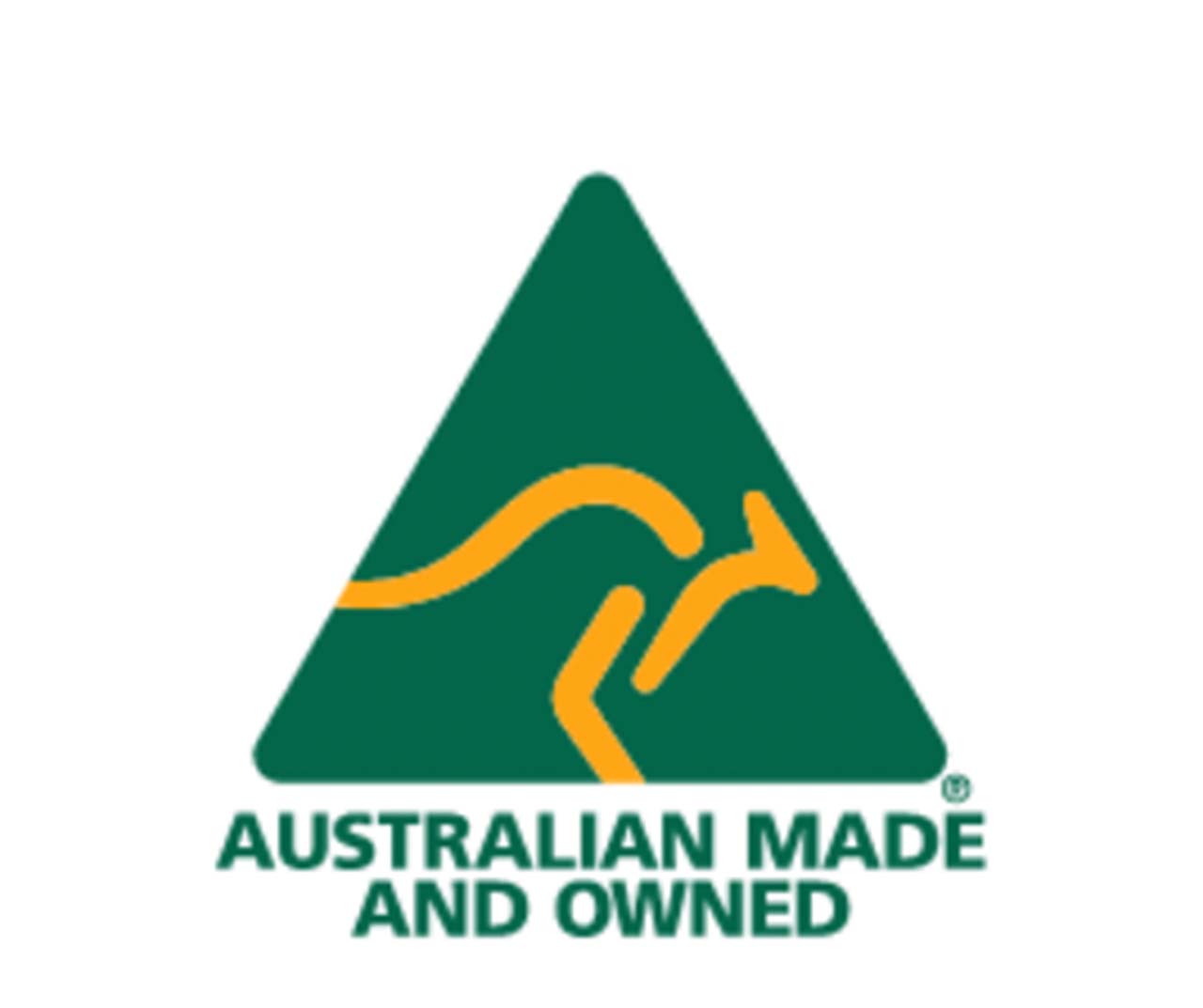
Image source: https://australianmade.com.au
Under current legislation, most food sold through retailers must comply with CoO labelling laws. Foods fall into two categories:
The CoO label identifies where the product was made, produced, grown or packed, or from which country it was imported.
Country of Origin labels typically feature:
Multiple-origins labelling is used if an imported food cannot claim to have been grown, produced or made in a single overseas country. It must have a “packed in” statement identifying the country where it was packed and indicate that the food is of “multiple origins” or from imported ingredients.
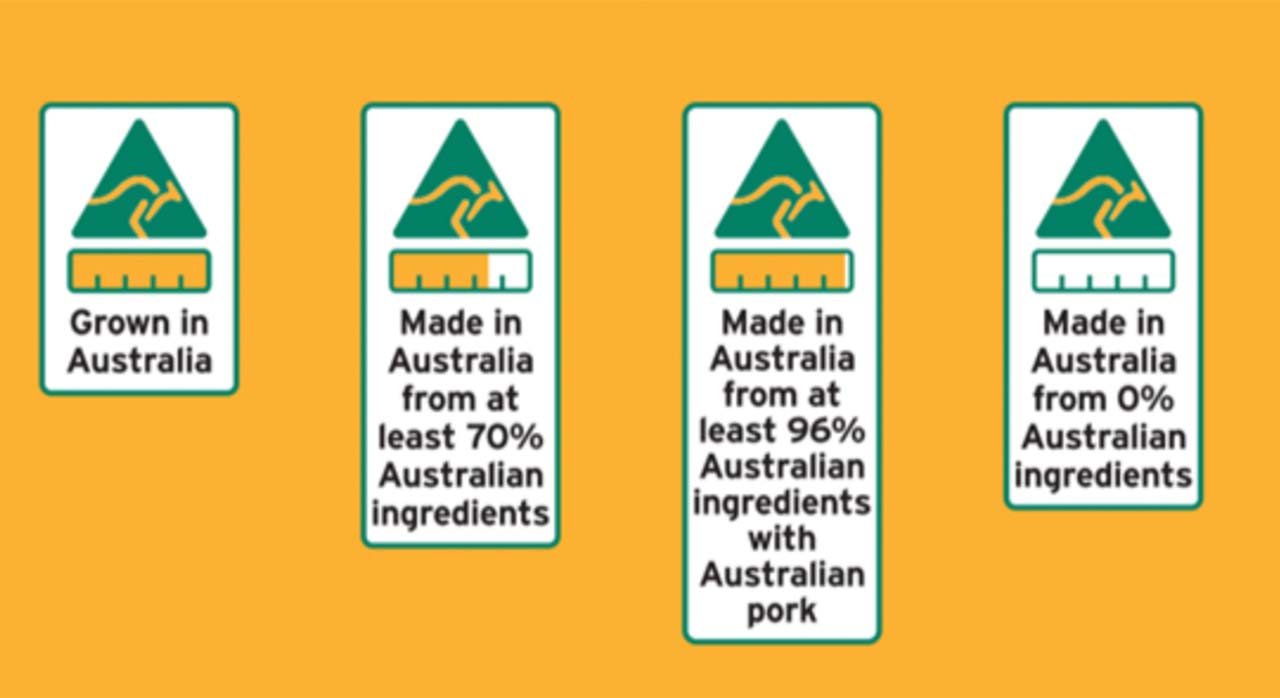
Image source: https://australianmade.com.au
From 1 July 2026, mandatory CoO labelling for seafood will be introduced to menus in hospitality venues, allowing consumers to make informed purchasing decisions.
This will indicate the origin of the seafood with three options:
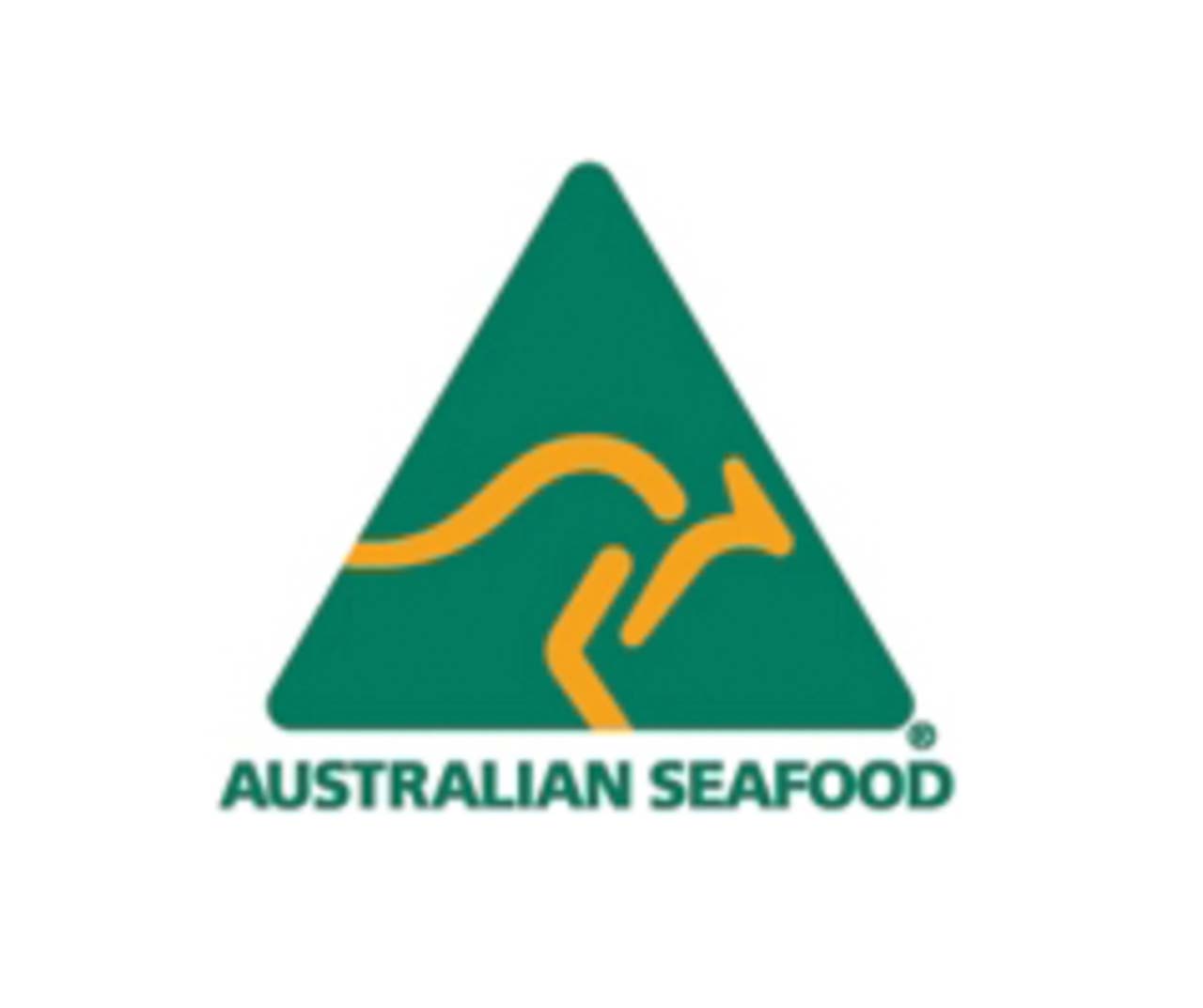
Image source: https://australianmade.com.au

Image source: https://australianmade.com.au
For manufacturers, the push to buy Australian products presents an opportunity. Getting labelling right and providing clarity to consumers can be a competitive advantage – especially when Australians actively seek ways to buy locally.
To stand out, manufacturers can:
Through clearer labelling, businesses can remove the guesswork for consumers and help ensure Aussie-made products continue to thrive.